 |
Arulmigu Manakula Vinayagar Temple - Pondicherry
This temple dates back to the 1600's and is know for its extensive gold decorations. |
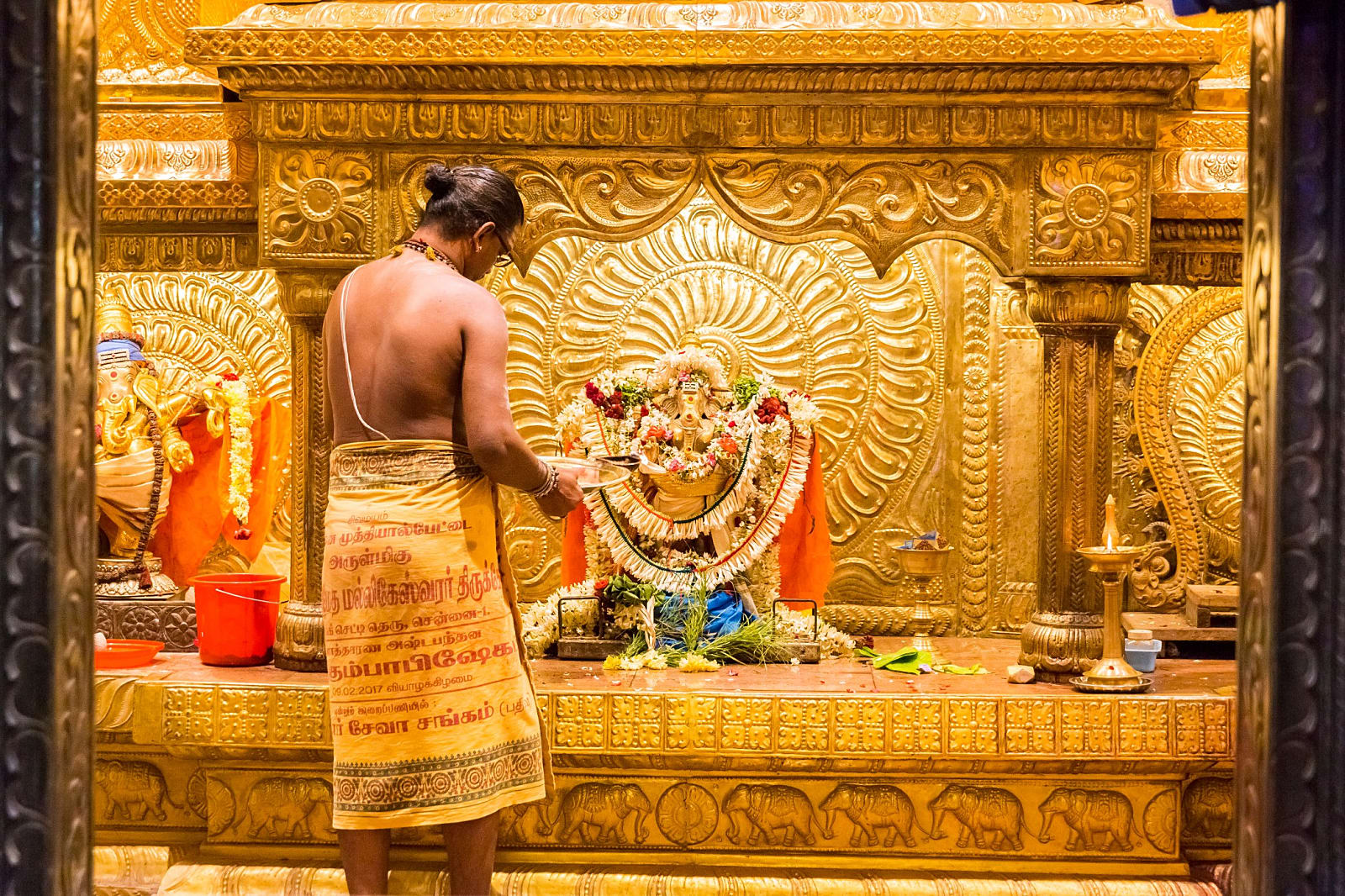 |
Mundi Vinayaka - Coimbatur
This is the largest Ganesha in Asia. The specialty is alleviating negative planetary influences especially Rahu/Ketu. He also supports those who desire marriage and/or children. |
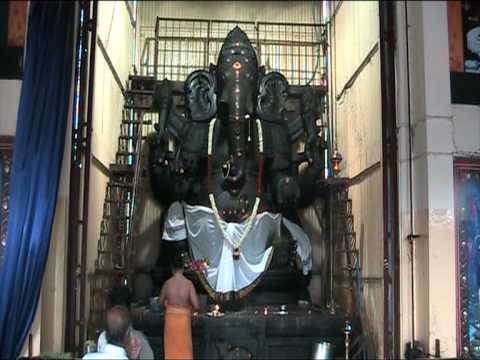 |
Ucchi Pillayar - Trichi
This temple resides on a 273 foot rock over the town of Trichi. It dates to the 7th century.
|
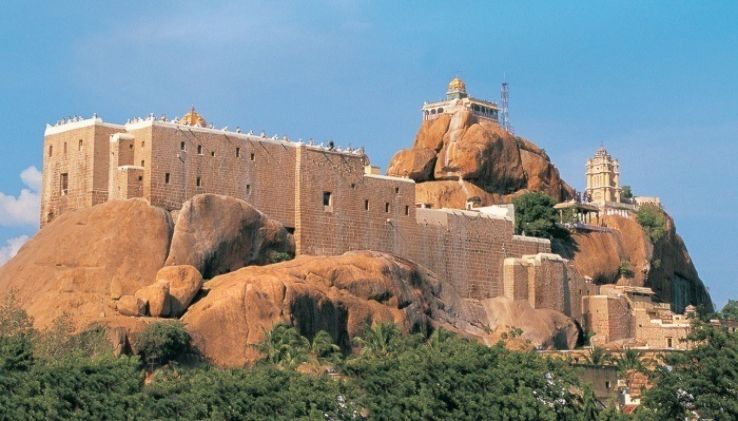 |
Pillayarpatti Karpaga Vinayaka - Thiruppatthur
The six foot Ganesha is carved from rock and is not separate from the cave wall itself. The temple dates from 1091 and the various carvings within date to 500 BCE and 1200 CE. Inscriptions date the Ganesha itself at 400 CE. |
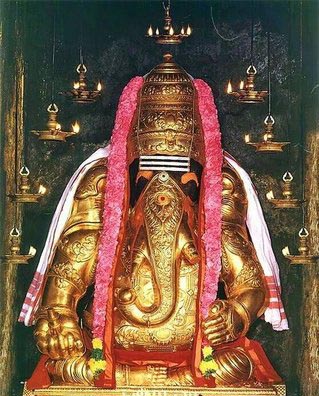 |
Sri Swayambhu Varasiddhi Vinayaka - Kanipakam, Andra Pradesh
The temple was established in the 11th century. It features a self manifesting idol of Ganesha who was originally found at the bottom of a well. |
 |
Swetha Vinayaka - Thiruvalanchuzhi
The Ganesha is white (swetha) in color and mythologically was created by Indra from white sand at the conclusion of the churning of the ocean of milk in order to consume the poison that preceded the amrita nectar. |
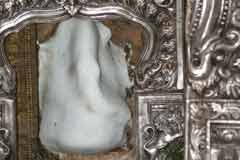 |
Pralayamkatha vinayakar-Tirupurambiyam
The temple was established in the 7th century. The Ganesha is honored with an abishekam of honey which is absorbed into the stone.
|
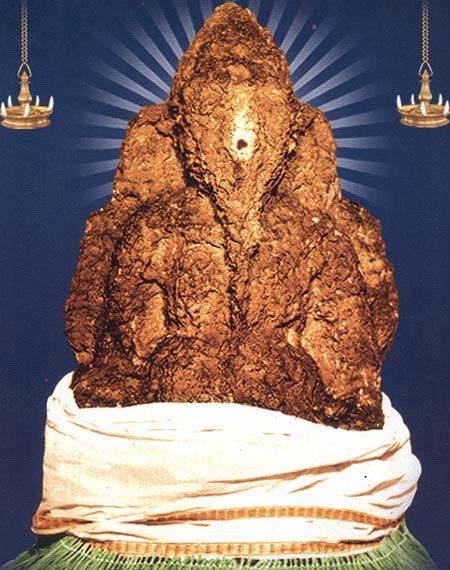 |
Selva Vinayaka - Vellore
A swayambu idol is one that is considered to be self revealing, meaning not carved by a human. This temple contains a main Ganesha surrounded by 10 other swayambu Ganeshas. The main Ganesha idol was completely covered in silver 75 years ago but 1/3 of the deity is now exposed, suggesting that the idol itself is growing, not uncommon for swayambu idols.
|
 |
Adhi Vinayaka - Koothanur
This temple features an idol of Ganesha with a human face, prior to being decapitated by Shiva, and having it replaced by the familiar elephant head.
|
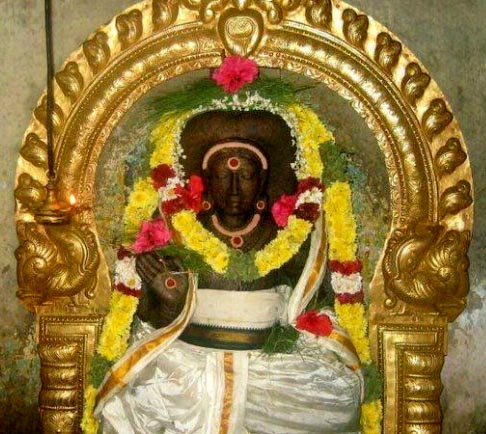 |
Ganapathi Agraharam - Kumbakonam
The story is that the Sage Agastya installed the deity in this temple in time immemorial but it was lost and buried in the ground. Gauthama rishi was traveling through the region and was asked by the villagers to relieve them of drought. He sensed that the Ganesha was in the ground, so they recovered it and Gauthama performed pujas. The drought was lifted and the region became prosperous.
|
 |
|
|
Complete January yagya program includes the 10 Day Yagya program and the Mystical Yagya
$65
|
 |
|
| If you prefer to use PayPal, please click this button |

|

